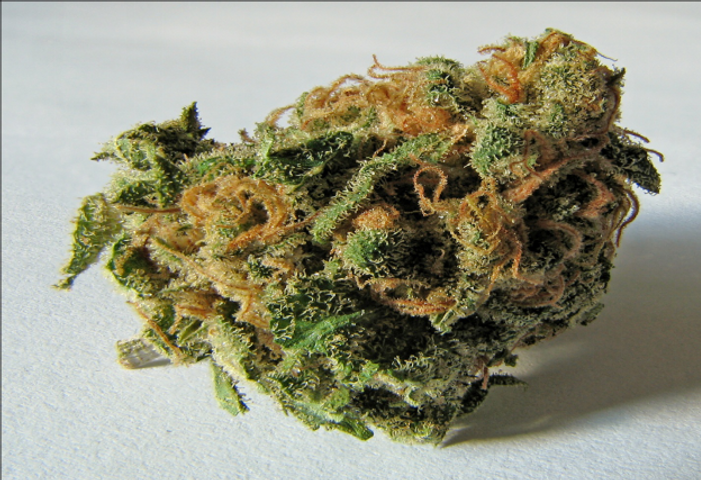
A chronic seizure disorder, epilepsy affects more than two million Americans and thirty million people worldwide. A neurological condition, epilepsy involves recurring seizures, referred to as epileptic seizures. Caused by a disturbance in the brain’s electrical activity, epileptic seizures are triggered by certain situations. Although the cause of epileptic seizures varies from person to person, seizures are generally triggered by alcohol consumption, stress, lack of sleep and tiredness.
Why seizures occur?
Many people want to know why seizures occur. If you’re one of them then here’s some useful info for you. The organ that makes you function, your brain consists of millions of neurons or nerve cells that transfer electrical signals to one another. By disrupting these electrical signals, a seizure affects what you do and how you feel.
Caused by misfiring brain cells, epileptic seizures cause spasms in the body and even the loss of consciousness. This may surprise you but there are some people who suffer hundreds of seizures each day. As mentioned above, epileptic seizures stem from epilepsy. A number of things are said to cause epilepsy including a hormonal imbalance, head trauma, or viruses. However, there are no established causes of epilepsy yet.
While you have all the right to ask why seizures occur, giving a straightforward answer to your question is not possible. The reason for this is simple: there isn’t any established cause for seizures. For example, a seizure can occur due to a head injury, a stroke, an infection such as meningitis, or a difficult birth. Also, in some people, seizures occur due to genetics i.e. they may have inherited the problem from one or both of their parents. Another important think to note is that there are many different types of seizures. This is what we’re going to discuss next.
The Types of Epileptic Seizures
There are two main types of epileptic seizures: focal/partial seizures and generalized seizures. Following is a brief explanation of each.
Focal/Partial Seizures
A type of the seizure that affects only one area of the brain, focal or partial seizure falls into two categories. The two categories include focal seizures without loss of consciousness and focal dyscognitive seizures. The latter is a complex partial seizure causing a loss of awareness or consciousness while the former is a simple partial seizure that alters your mood or changes how things sound, smell taste or look. The severity of focal seizures depends on which part of the brain they occur in.
Generalized Seizures
The most common type of seizures, generalized seizures affect all areas of the brain. A type of seizure that affects both sides of the brain at once, a generalized seizure can occur without warning. Generally, generalized seizures cause the affected person to become unconscious though in most cases the unconsciousness lasts for only a few seconds. Generalized seizures are of six different types including:
- Absence seizures
- Tonic seizures
- Atonic seizures
- Clonic seizures
- Myoclonic seizures
- Tonic-clonic seizures
Now that you know what seizures are and why they occur, it’s time to look at how cannabis can help control epileptic seizures.
How Cannabis Helps Control Epileptic Seizures
If you think that the use of cannabis to control epileptic seizures is something new then here’s some news for you: Cannabis was used by ancient societies in Rome, India, Greece, and China to treat epilepsy and seizures. Moreover, J.R. Reynolds, a British physician, recommended the use of cannabis for multiple conditions including epilepsy in 1980. Also, in 1839, an Irish physician named Dr William O’Shaughnessy wrote extensively on the medical benefits of cannabis while he was living in India. According to Dr O’Shaughnessy, cannabis is a muscle relaxant and an effective anticonvulsant.
According to a 2014 study on the effectiveness of cannabis in treating epilepsy and seizures, five children with ‘extreme’ anticonvulsant resistant grand mal epilepsy were treated with THC, a chemical present in cannabis, in 1940. Two of the five children experienced an improvement in their condition. Moreover, in 1978, scientists carried out an experiment on 9 epileptic patients. The scientist gave the patients 200 mg of Cannabidiol or CBD each day. In case you didn’t know it already, CBD is another chemical present in cannabis. According to the results of the experiment, two of the nine patients treated with CBD became seizure free while the others experienced an improvement in their condition.
The aforementioned studies are just a few of the many studies that prove the effective of cannabis in controlling and even treating epileptic seizures. In short, using cannabis to control epileptic seizures is a recommended.
About the Business
Have a question? Ask the experts!
Send your question

